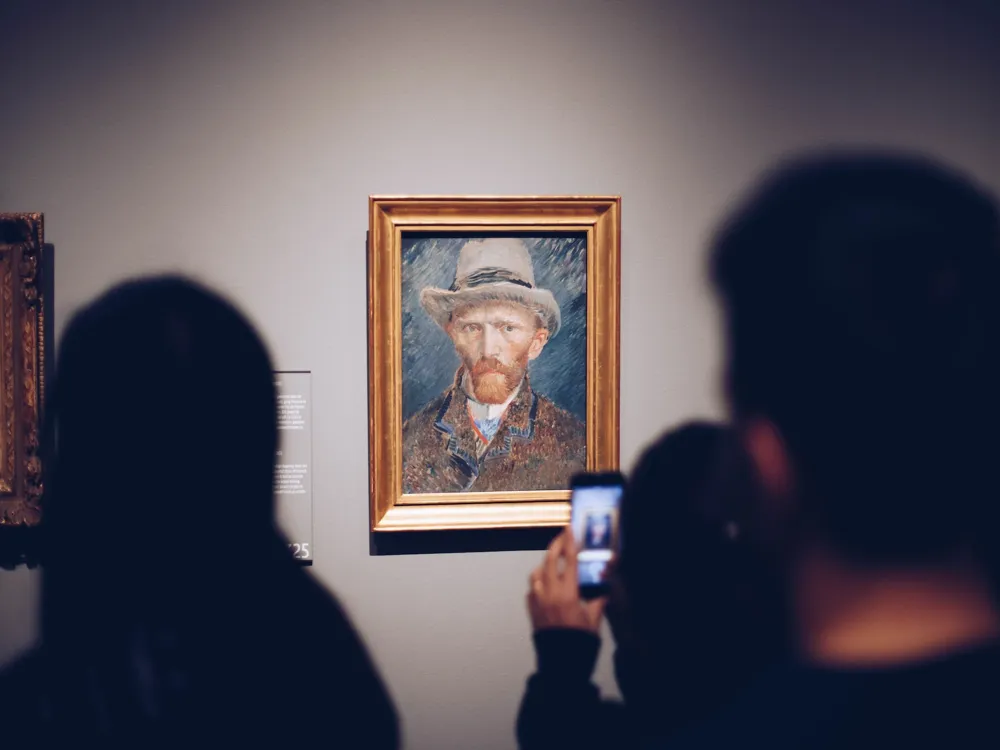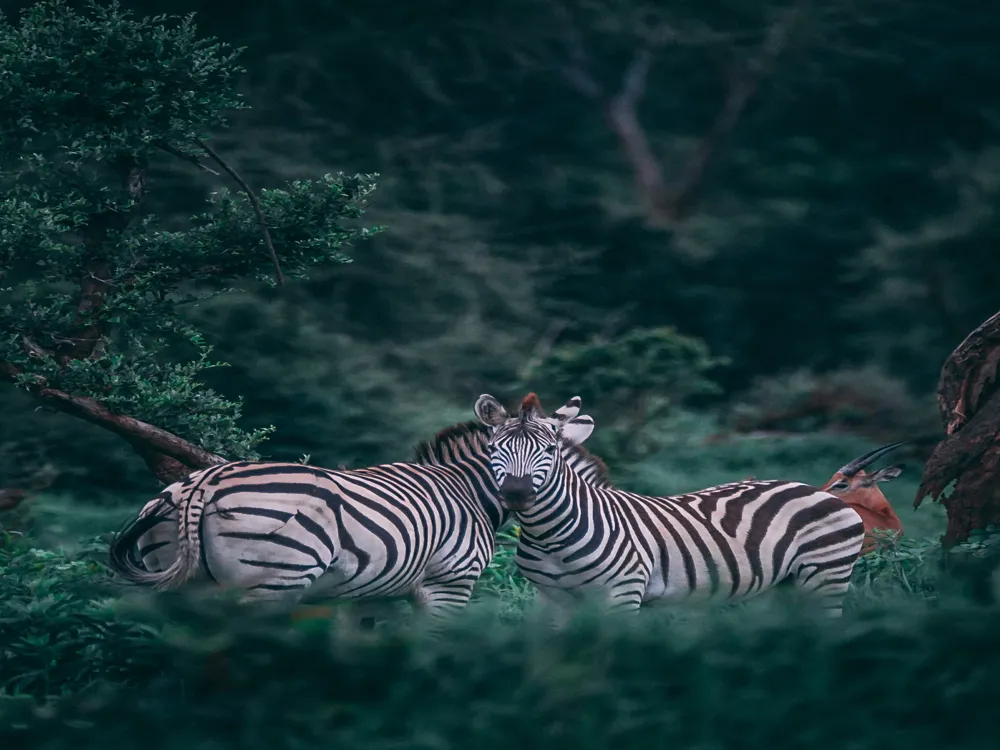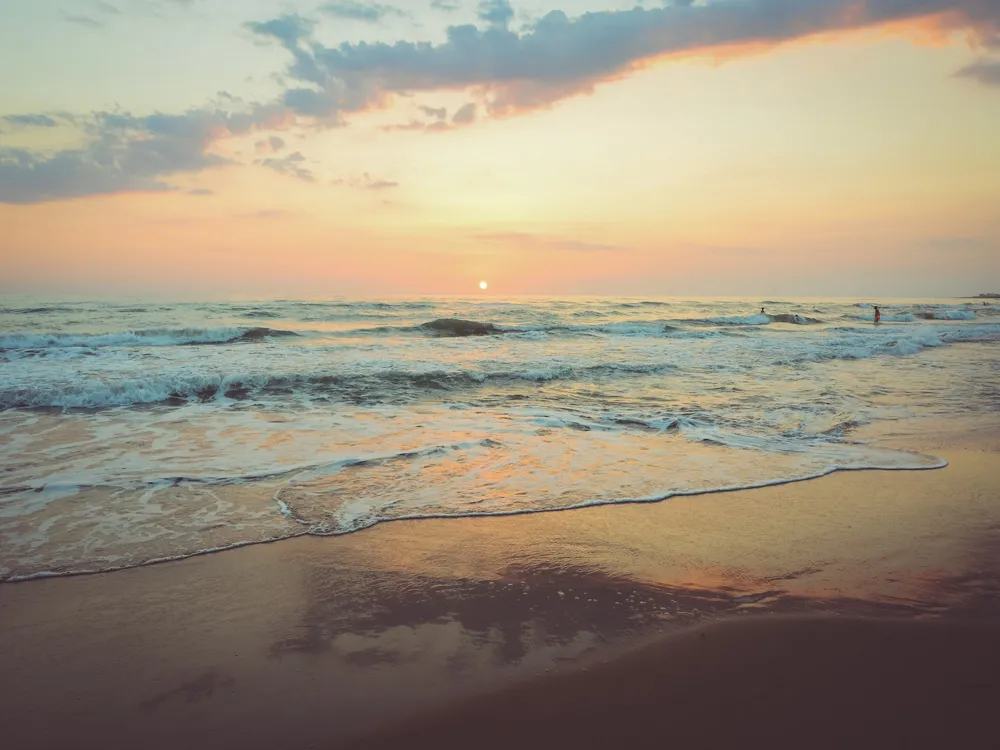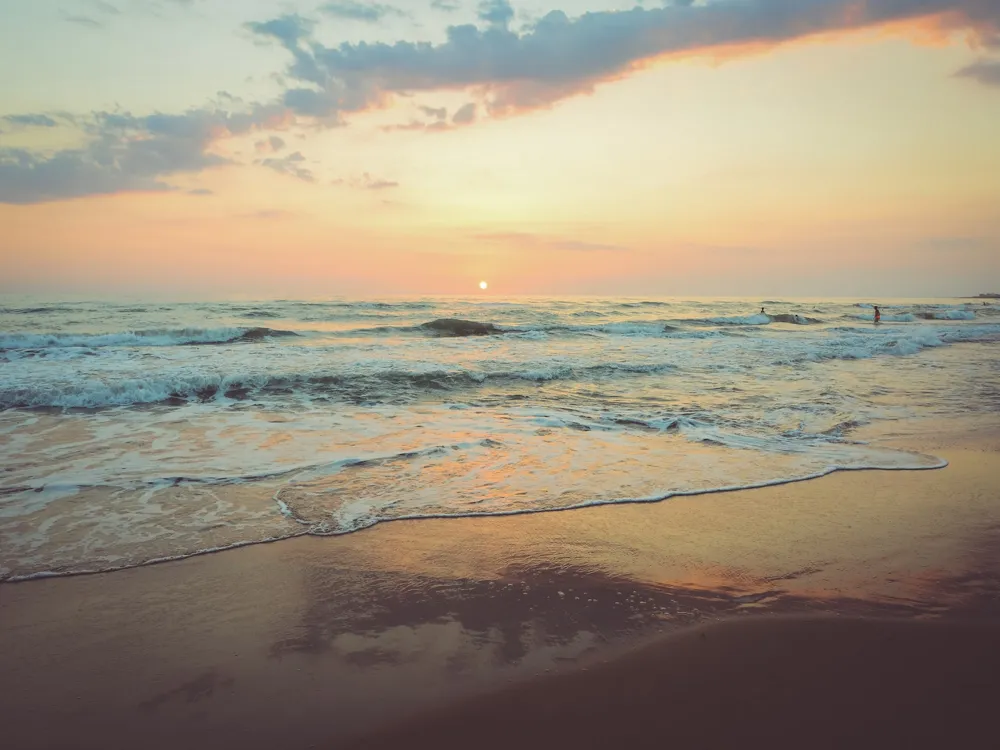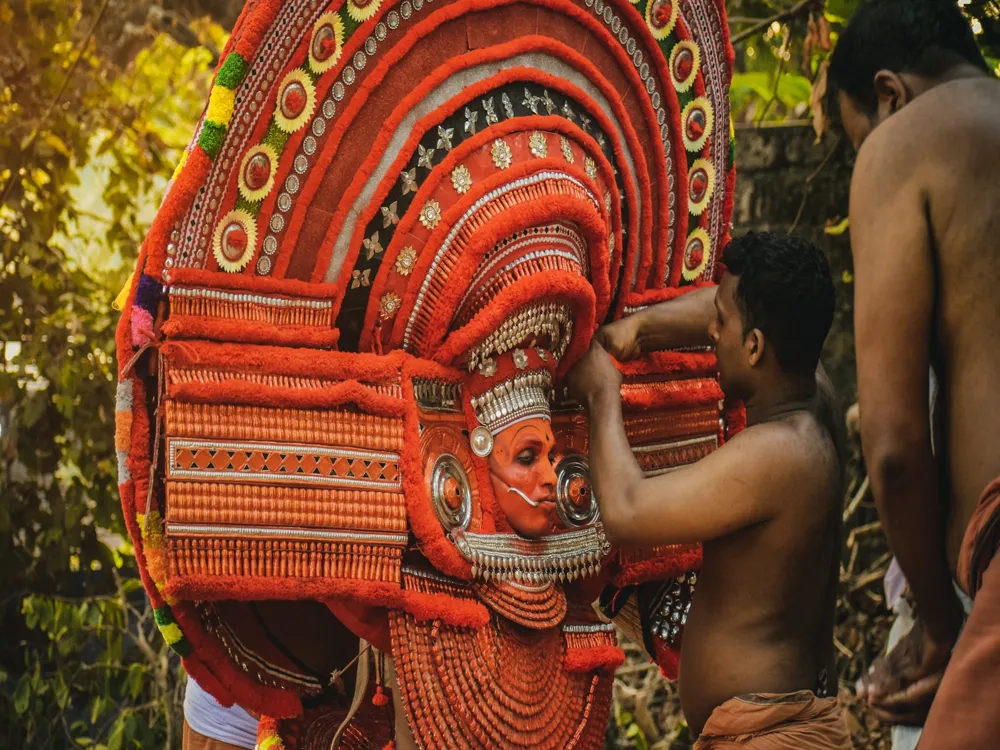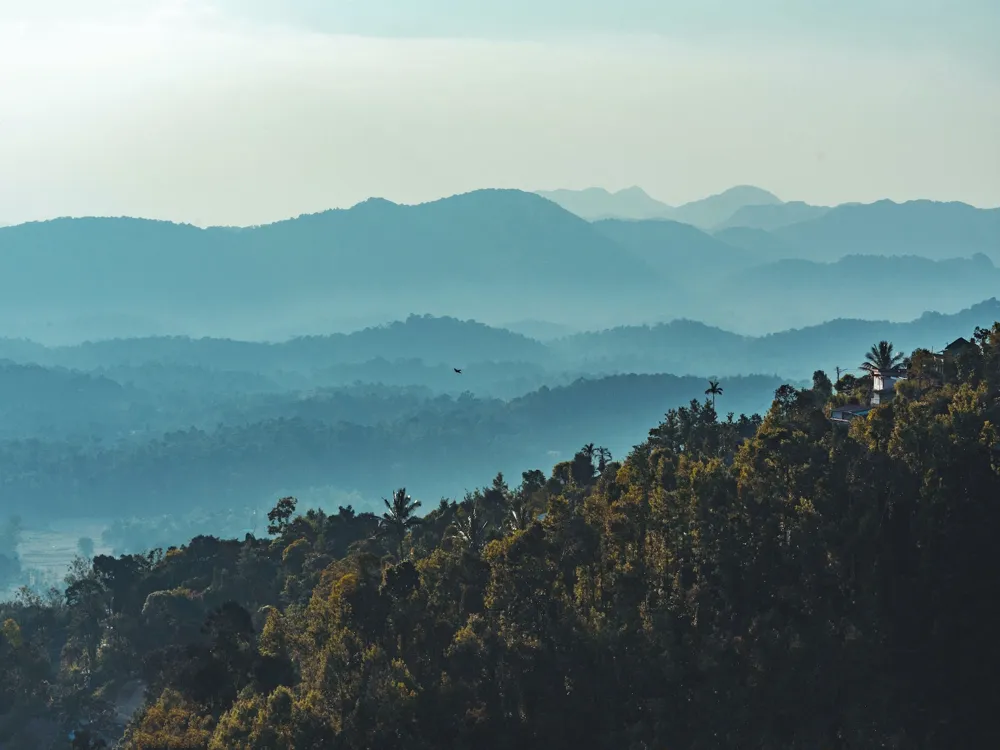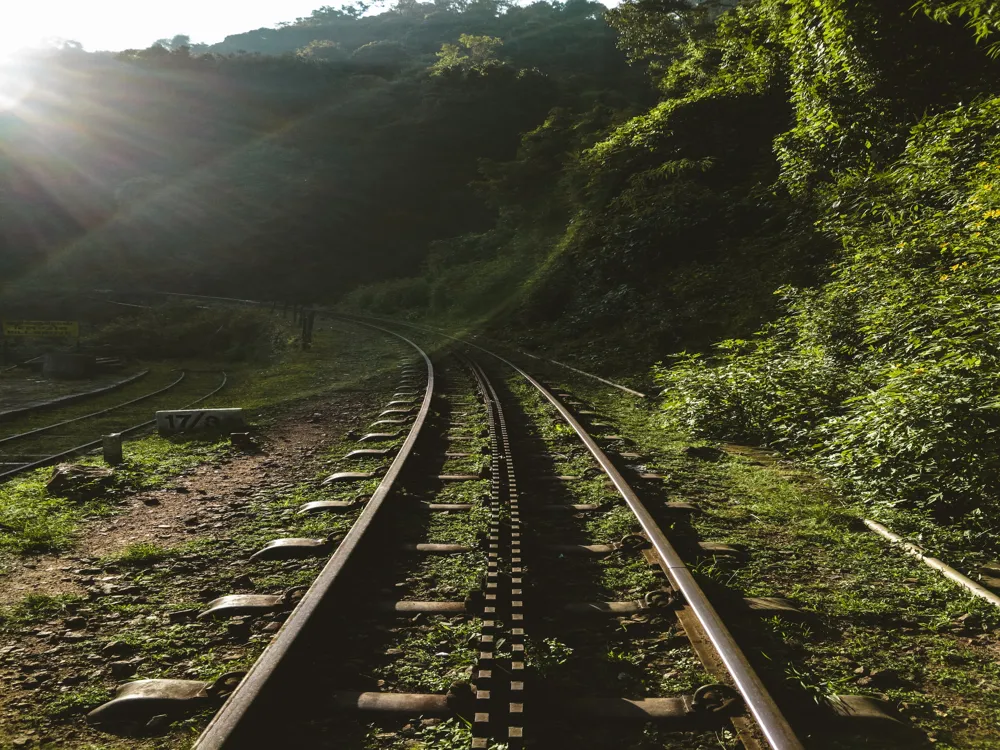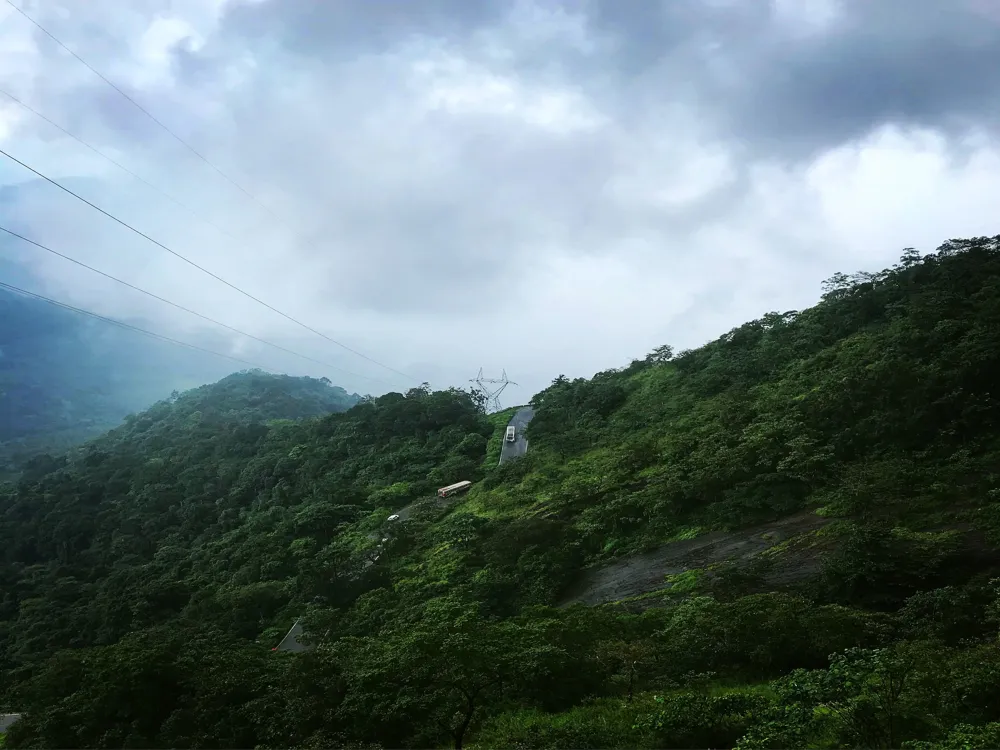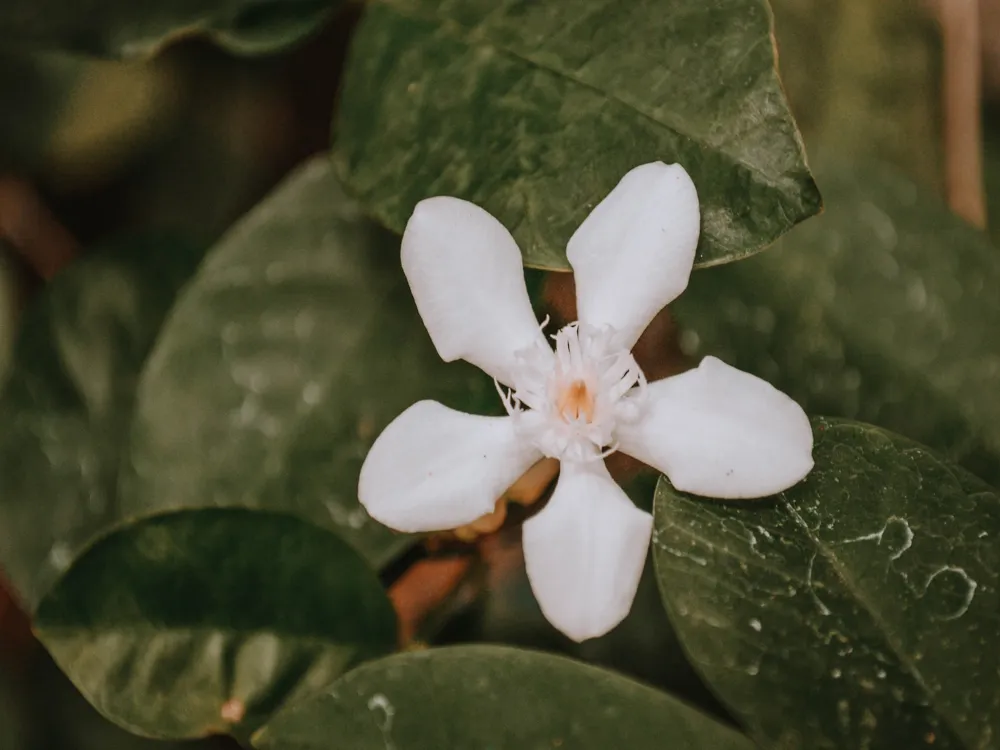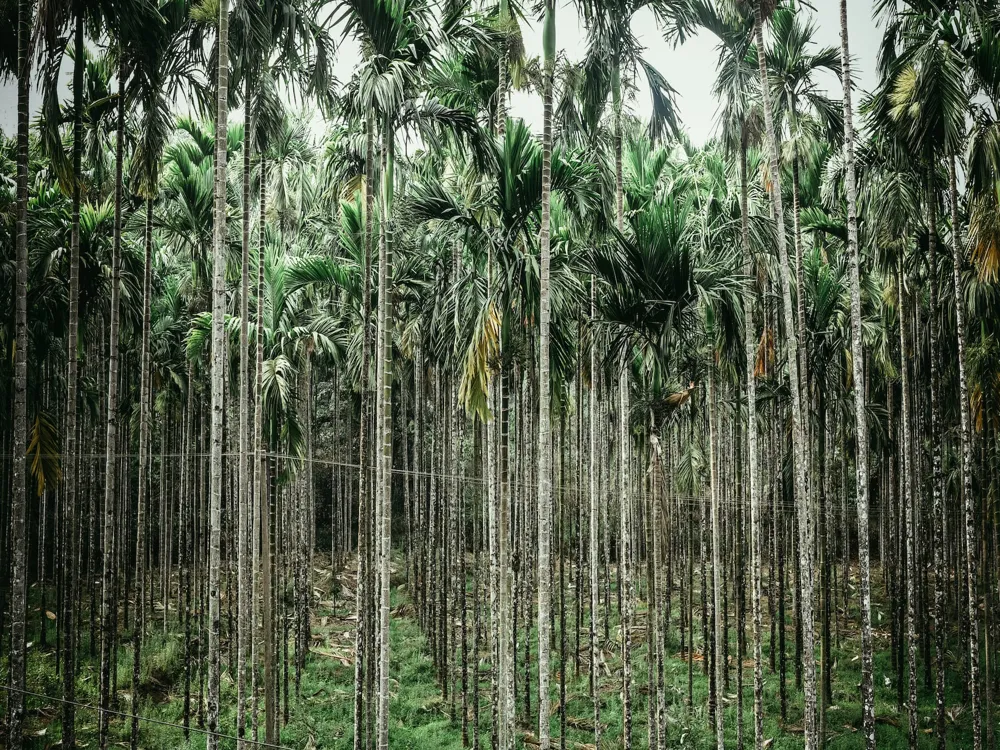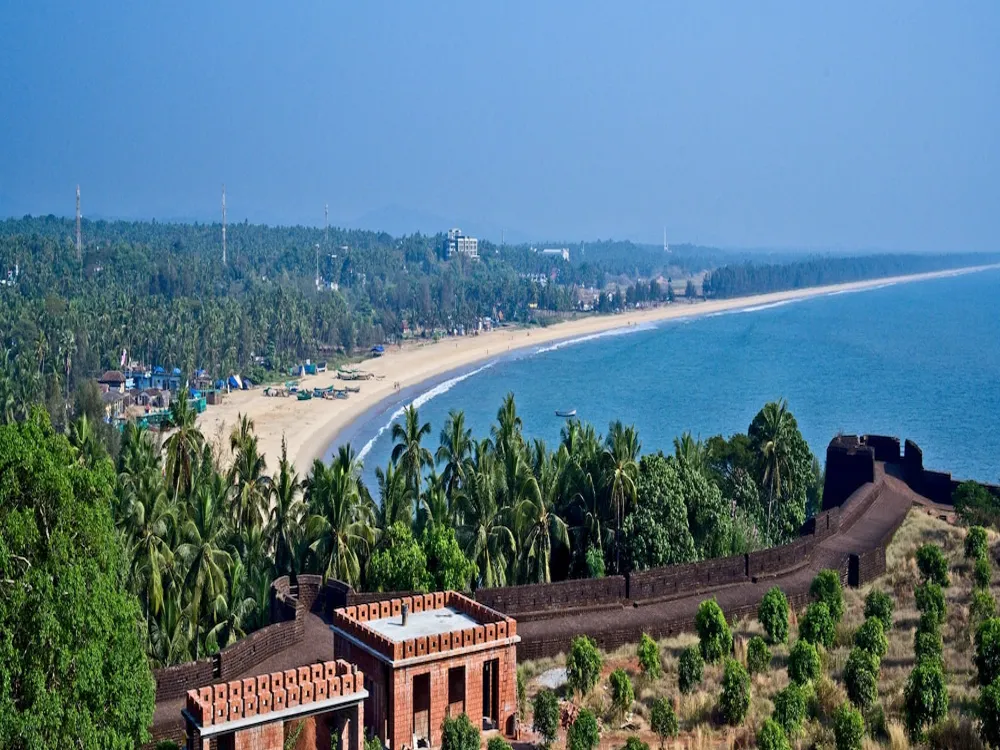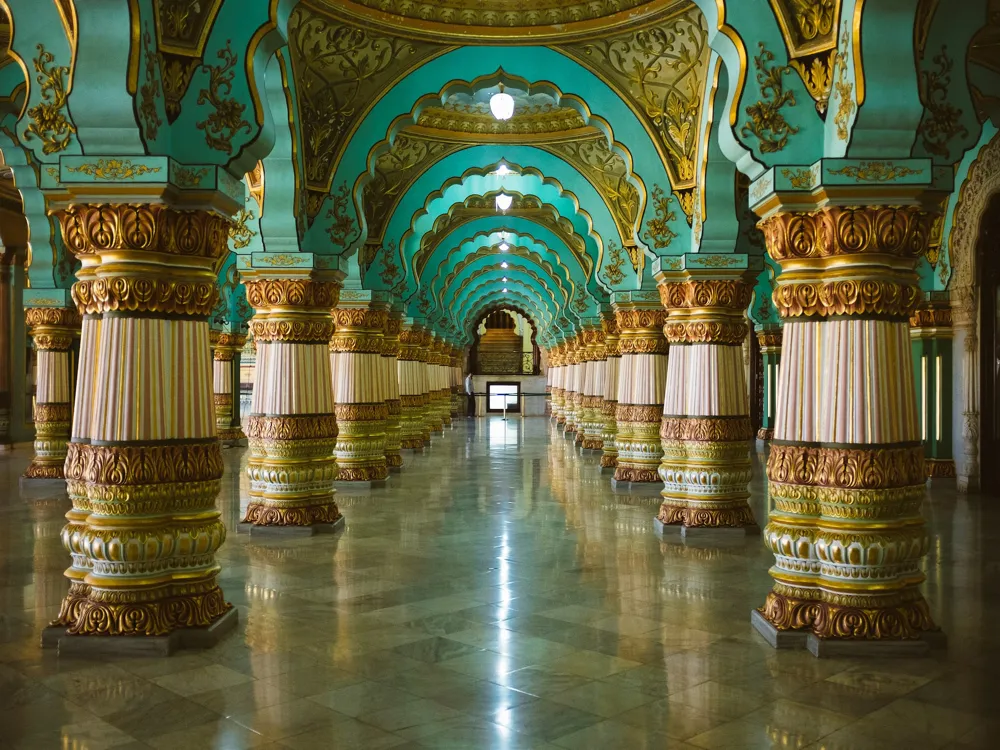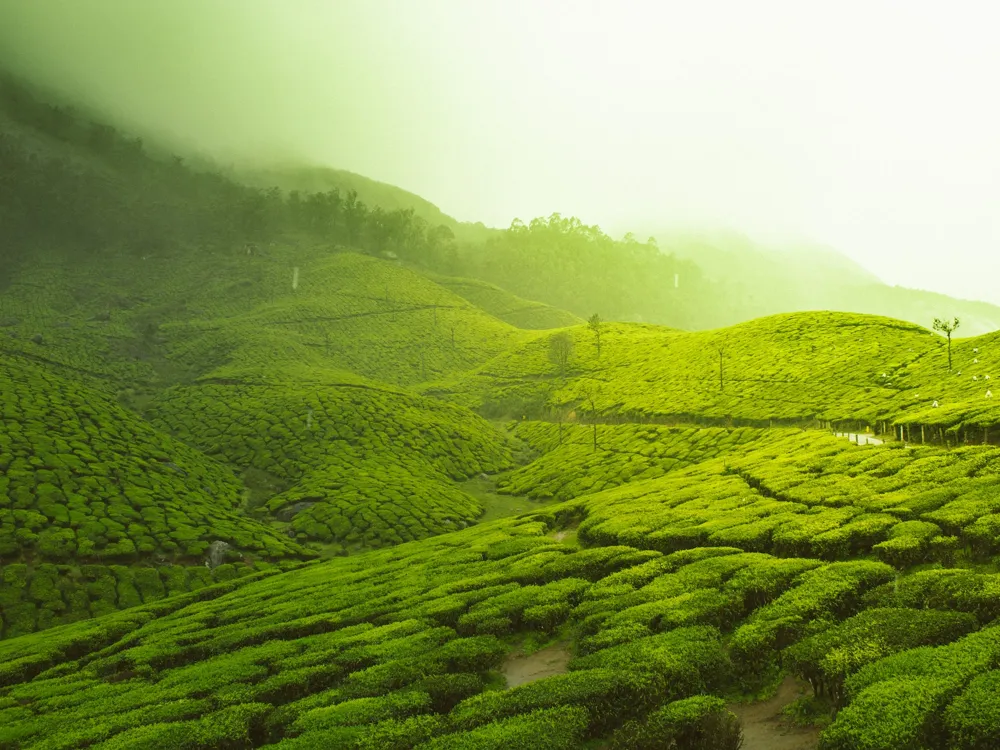Madayipara, a captivating plateau situated in the Kannur district of Kerala, stands as a testament to the rich cultural and natural heritage of the region. This biodiverse land is not only an ecological marvel but also a hub of historical and religious significance. The plateau, stretching across an area of 700 acres, is adorned with an array of unique flora and fauna, making it a paradise for nature enthusiasts and researchers alike.
Historically, Madayipara served as the administrative center of the Ezhimala kings and was a prominent place during the reign of the Kolathiri dynasty. The land is steeped in history, with remnants of ancient civilizations, including Jain temples, dotting its landscape. The plateau's unique geological formation, consisting of laterite rocks, plays a crucial role in supporting its diverse ecosystem. Madayipara's natural beauty is further accentuated during the monsoon when the land transforms into a vibrant carpet of wildflowers, attracting visitors and photographers from across the globe.
The cultural significance of Madayipara is also noteworthy. The plateau hosts the ancient Vadukunda Shiva Temple and the famous Madayi Kavu Temple, which are important religious sites for the Hindu community. The rich folklore and myths surrounding these temples add to the mystique of Madayipara, making it a place of spiritual solace and wonder.
For bird watchers and wildlife enthusiasts, Madayipara is a treasure trove. The region is home to numerous species of birds, butterflies, and small wildlife, offering an unparalleled experience of Kerala's rich biodiversity. Additionally, Madayipara's strategic location, offering panoramic views of the Kavvayi Backwaters and the Arabian Sea, makes it a photographer's delight. This blend of ecological, historical, and cultural elements makes Madayipara an integral part of Kerala's heritage and a must-visit destination for those seeking to explore the hidden gems of South India.
The architectural landscape of Madayipara is as diverse as its natural heritage. This plateau houses structures that are a blend of religious, historical, and cultural architectures, each narrating a different story of the region's past. Among these, the ancient temples of Madayi Kavu and Vadukunda Shiva are prominent, showcasing the traditional Kerala style of temple architecture.
Madayi Kavu Temple, dedicated to Goddess Kali, is renowned for its intricate wood carvings and mural paintings that depict various scenes from Hindu mythology. The temple's design reflects the typical Kerala architectural style, with sloping roofs covered in copper plates, wooden beams, and exquisitely carved pillars. This temple not only serves as a place of worship but also as a custodian of ancient art and architecture.
The Vadukunda Shiva Temple, another architectural marvel, stands as a symbol of ancient craftsmanship. The temple's structure is a harmonious blend of Chola and Pandya architectural styles, reflecting the historical influences of these dynasties in the region. The temple complex, surrounded by laterite walls, features a unique circular sanctum sanctorum, a rarity in Kerala temple architecture. The intricate stone carvings and the ancient inscriptions found in the temple provide valuable insights into the region's history and architectural evolution.
Apart from these temples, Madayipara's architecture is also marked by the remnants of a fort, believed to have been built during the British era. This fort, though in ruins, offers a glimpse into the colonial history of the region and the architectural styles of that period.
The architectural significance of Madayipara extends beyond its historical structures. The plateau itself, with its laterite rock formations, presents an architectural study of nature's craftsmanship. These natural formations, shaped over centuries, add a unique dimension to the architectural landscape of Madayipara, making it a living museum of history, culture, and natural beauty.
The ideal time to visit Madayipara is during the post-monsoon period, from September to February, when the plateau is in full bloom with a variety of wildflowers. The weather during this time is pleasant, making it perfect for exploring and photography.
Madayipara is well-connected by road and can be easily accessed from Kannur city. Public transport is available, but hiring a taxi or a private vehicle is recommended for convenience and to fully explore the area.
Visitors should bring essentials like water, snacks, a hat, sunscreen, and a good pair of walking shoes. Binoculars and a camera are recommended for bird watching and capturing the scenic beauty of the plateau.
It's important to respect local customs and traditions, especially when visiting religious sites. Dress modestly and seek permission before taking photographs of local people or religious ceremonies.
Madayipara is easily accessible from the town of Kannur, which is well-connected by air, rail, and road. The nearest airport is Kannur International Airport, from where one can hire a taxi or take a bus to reach Madayipara. The region is also accessible by train, with the nearest railway station being in Kannur town. For those traveling by road, Madayipara is connected through a network of state and national highways, making it convenient for visitors to reach the destination by car or bus.
Overview of Madayipara, Kannur, Kerala
Architecture of Madayipara
Tips When Visiting Madayipara
Best Time to Visit
Transport and Accessibility
What to Bring
Respect Local Customs
How To Reach Madayipara
Madayipara
Kannur
Kerala
NaN onwards
View kannur Packages
Weather :
Tags : Hills & Valleys
Time Required : 1-2 hours
Planning a Trip? Ask Your Question
Kannur Travel Packages
View All Packages For Kannur
Top Hotel Collections for Kannur

Private Pool

Luxury Hotels

5-Star Hotels

Pet Friendly
Top Hotels Near Kannur
Other Top Ranking Places In Kannur
View All Places To Visit In kannur
View kannur Packages
Weather :
Tags : Hills & Valleys
Time Required : 1-2 hours
Planning a Trip? Ask Your Question
Kannur Travel Packages
View All Packages For Kannur
Top Hotel Collections for Kannur

Private Pool

Luxury Hotels

5-Star Hotels

Pet Friendly







